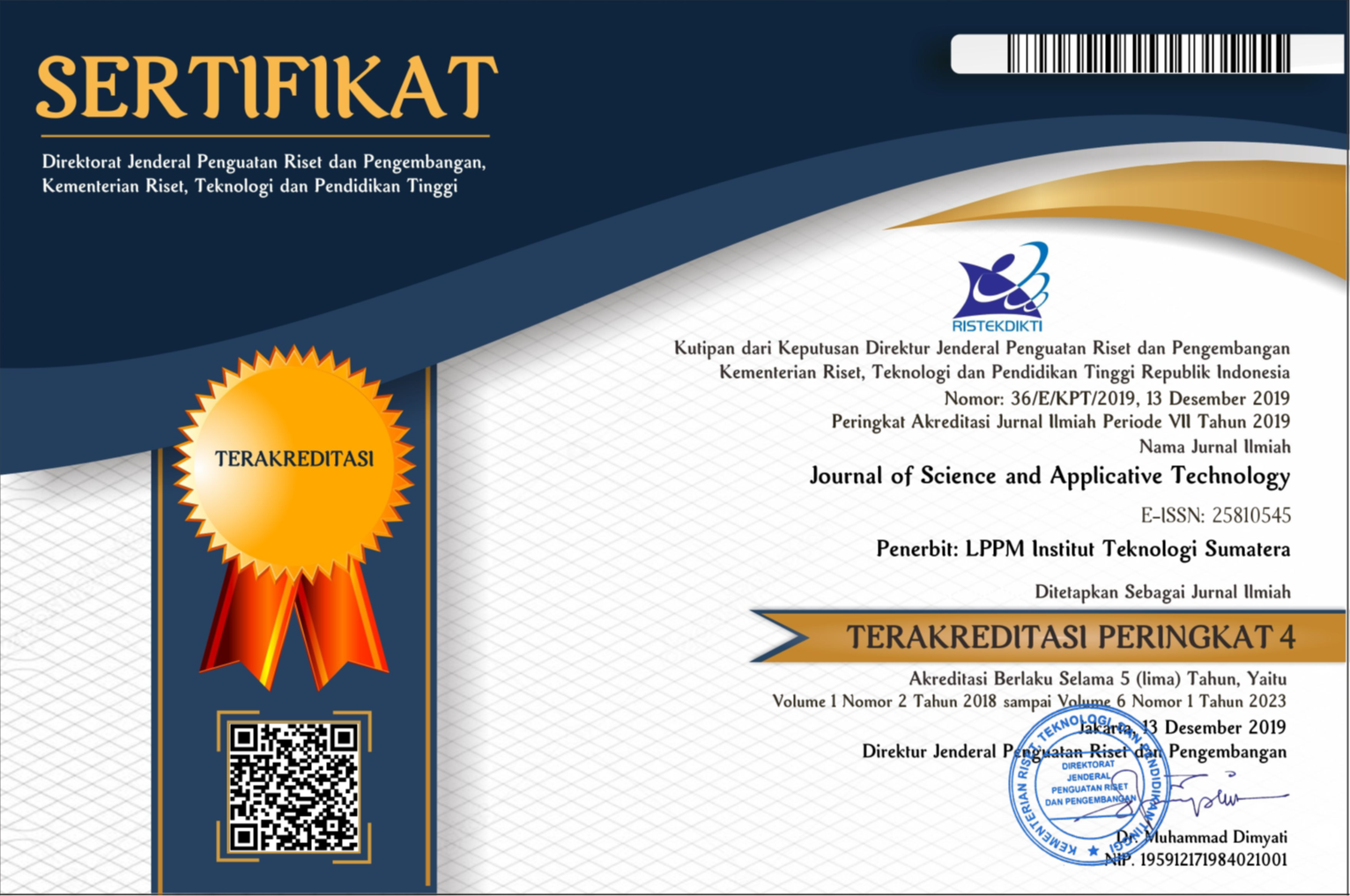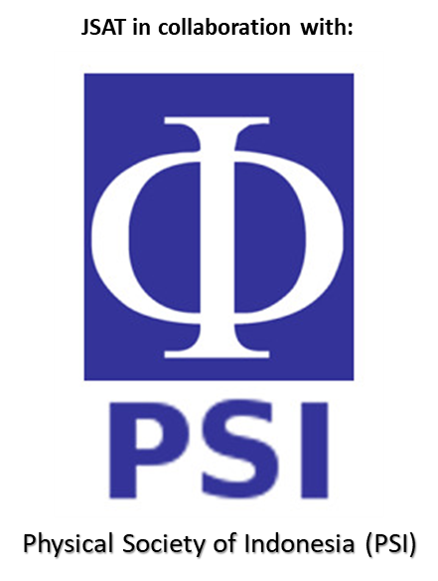TOWARDS GREEN SMART CITY THROUGH PROVIDING OPEN SPACE FOR CITIES IN INDONESIA: SYSTEMATIC AND BIBLIOMETRIC LITERATURE REVIEW
Abstract
Smart cities become benchmarks in development cities around the world since the 1990s. In the urban planning context, there are concerns regarding the application of the smart city concept which is considered to only prioritize the progress of cities by technology however no notice to the ecological side of the city. This research discusses the development and arrangement of cities through planning that ensures ecosystem balance, one of which is through open space, which in this case is widely discussed that is green open space. The usual problem that occurs during the development of green open space is not enough land area for available allocation causing an imbalance ecosystem as well as against the sustainability concept. This research method studies literature systematic and bibliometric using Microsoft Excel and VOSviewer from discussion theory and policy about green open space that has been planned in various countries for can applied to cities in Indonesia. The analysis explains the discussion regarding green open space in connection to moving towards a green smart application to cities in Indonesia. Eventually, the findings from this research are discussed related to implementation in the cities in Indonesia which are divided into five aspects, namely political land development, community perception, infrastructure, landscape design, and socio-economic psychology. The final recommendation is that this aspect can be studied further to be applied to cities in Indonesia to realize city smart green future.
Downloads
References
[2] Hall, P. (2014). Cities of Tomorrow: An Intellectual History of Urban Planning and Design since 1880 (4th Editio ). Wiley-Blackwell.
[3] Mayonna, E.L. (2021). Ecological City Concept in Framework Draft Urban Ecology and Sustainable Cities. Journal Planology, 18(2), 226241.
[4] Mashur, D., & Rusli, Z. (2018). Efforts And Implications Provision Green Open Space (RTH). Journal Public Policy, 9(1), 4552.
[5] Moniaga, I.L. (2010). Outdoor Urban Green (RTH). TEKNO, 8(54).
[6] Basu, A., Prasad, P., Das, S.N., Kalam, S., Sayyed, R.Z., Reddy, M.S., & Enshasy, H. el. (2021). Plant Growth Promoting Rhizobacteria (PGPR) As Green Bioinoculants: Recent Developments, Constraints, And Prospects. In Sustainability (Switzerland) (Vol. 13, Issue 3, pp. 1–20). MDPI. https://doi.org/10.3390/su13031140
[7] Matamanda, A.R., Chirisa, I., Mangara, F., & Dzvimbo, M.A. (2019). The Ecological Politics Surrounding The Downsizing And Downgrading Of Public Parks: A Reflection On The History Of Change Of The Harare Gardens In Zimbabwe. Case Studies in the Environment, 3 (1). https://doi.org/10.1525/cse.2019.001958
[8] Liu, R., & Xiao, J. (2021). Factors Influencing Users' Satisfaction With Urban Parks Through Online Comments Data: Evidence From Shenzhen, China. International Journal of Environmental Research and Public Health, 18 (1), 1–22. https://doi.org/10.3390/ijerph18010253
[9] Conley, G., McDonald, R.I., Nodine, T., Chapman, T., Holland, C., Hawkins, C., & Beck, N. (2022). Assessing The Influence Of Urban Greenness And Green Stormwater Infrastructure On Hydrology From Satellite Remote Sensing. Science of the Total Environment, 817. https://doi.org/10.1016/j.scitotenv.2021.152723
[10] Wu, X. (2023). The Digital Landscape Design And Layout Of Wetlands Based On Green Ecology. Energy Reports, 9, 982–987. https://doi.org/10.1016/j.egyr.2022.11.198
[11] Robinson, T., Robertson, N., Curtis, F., Darko, N., & Jones, C.R. (2023). Examining Psychosocial and Economic Barriers to Green Space Access for Racialized Individuals and Families: A Narrative Literature Review of the Evidence to Date. In International Journal of Environmental Research and Public Health (Vol. 20, Issue 1). MDPI. https://doi.org/10.3390/ijerph20010745
Copyright (c) 2024 Journal of Science and Applicative Technology

This work is licensed under a Creative Commons Attribution-NonCommercial 4.0 International License.
All the content on Journal of Science and Applicative Technology (JSAT) may be used under the terms of the Creative Commons Attribution-NonCommercial 4.0 International License.
You are free to:
- Share - copy and redistribute the material in any medium or format
- Adapt - remix, transform, and build upon the material
Under the following terms:
- Attribution - You must give appropriate credit, provide a link to the license, and indicate if changes were made. You may do so in any reasonable manner, but not in any way that suggests the licensor endorses you or your use.
- NonCommercial - You may not use the material for commercial purposes.
- No additional restrictions - You may not apply legal terms or technological measures that legally restrict others from doing anything the license permits.





















